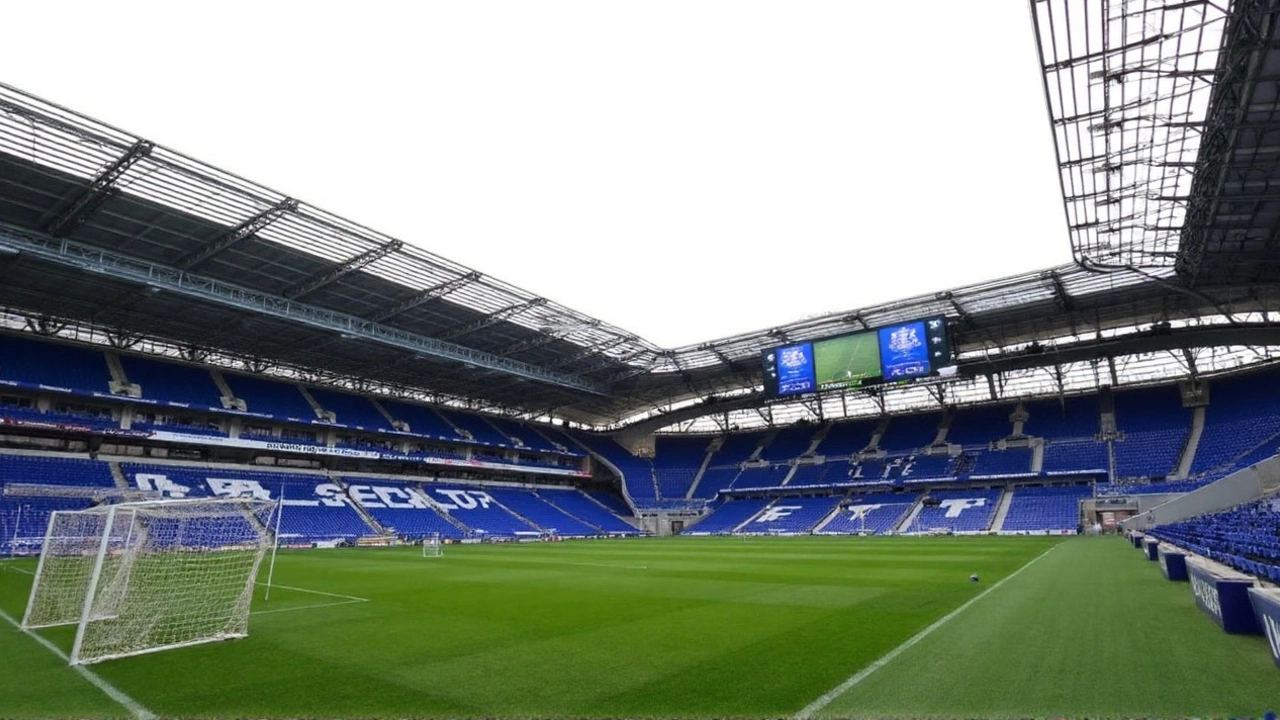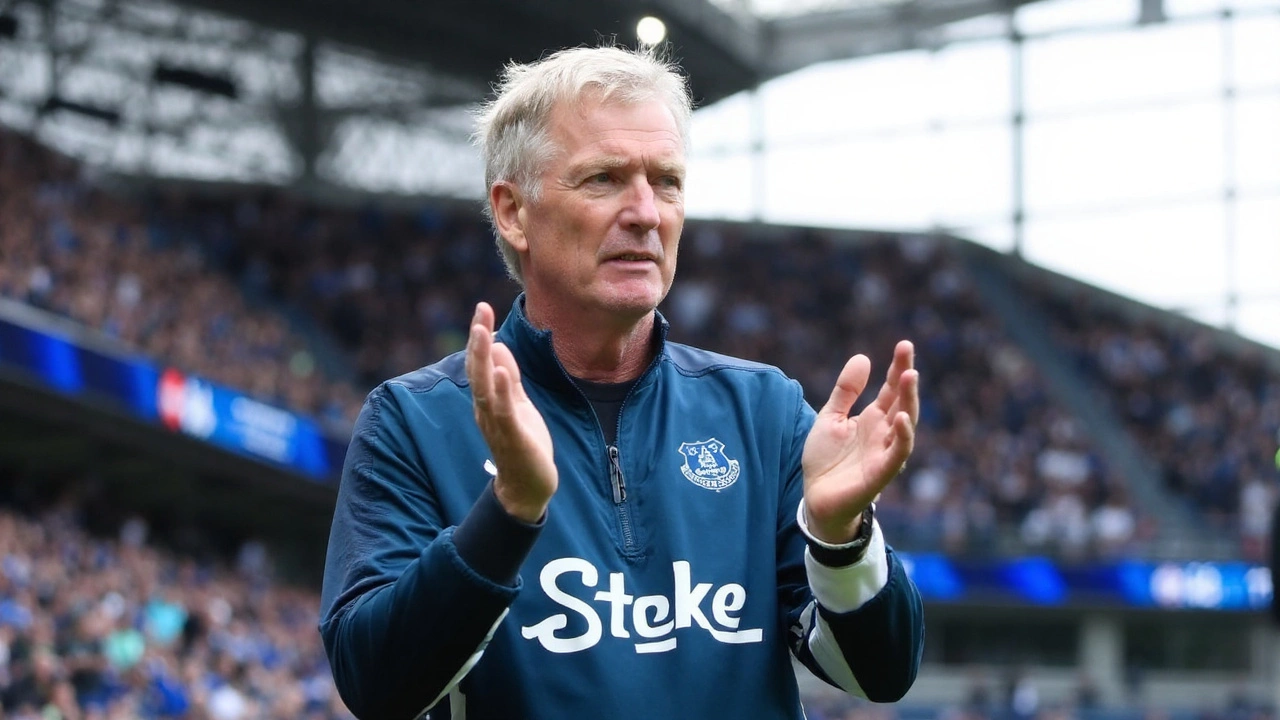A new home, a fresh voice, and a big moment for the blue half of Merseyside
Everton have stepped into a week they’ve waited on for years: the stadium opener and the first match at their new home. On August 24, 2025, manager David Moyes’ programme notes were published, a deliberately timed message designed to set the tone for a night that will sit in the club’s modern history alongside cup finals and title chases. The club had flagged the programme’s availability for pre-order on August 20 via its official channels, and the rush for a keepsake began immediately.
Moyes knows what this means. A stadium opener is more than a ribbon-cutting. It is the passing of a torch. After more than a century at Goodison Park, Everton are moving into a modern ground built to handle the future—smarter concourses, better sightlines, improved accessibility, and the kind of matchday experience that keeps people arriving earlier and staying later. There’s the romance of it, sure, but there’s also the reality: this place is supposed to help the team win more often and help the club breathe financially.
The notes, while not released in full detail by the club, land in that sweet spot between reflection and intent. Expect a nod to the journey from Goodison, respect for the people who got the club to this point, and a clear call to own the new home from day one. If you know Moyes, you know the themes: standards, work ethic, identity. This isn’t a soft launch. It’s a statement of how the team wants to play and how the fans can shape the feel of this ground in the first five minutes.
The build-up has been carefully staged. Programmes don’t usually make headlines, but this one is different. It’s the first for the new stadium, the first for a new matchday routine, and a marker of where the club’s story turns the page. Pre-orders being pushed early is no accident—this is memorabilia. Fans bought the last Goodison programmes and they’ll want the first from the new era too.
Beyond sentiment, the opener is a big operational test. Getting tens of thousands of people into a new venue always takes a few matches to smooth out. Clubs that have been through it—Arsenal in 2006, West Ham in 2016, Tottenham in 2019—learned the same lessons: arrive early, respect new queuing systems, be patient with transport and ticket scans, and expect the atmosphere to feel different at first. The acoustics change, the sightlines change, the pre-match rhythm changes. Then, with time, it all starts to feel like home.
And that word—home—matters. Goodison wasn’t just a ground; it was a mood. Tight, loud, in your face. The new place won’t try to copy it brick for brick. It will build something of its own. That’s why a manager’s programme notes on a week like this carry weight. It’s not PR fluff; it’s an invitation to help shape the identity of the stadium, from the first chorus to the last whistle.

What Moyes’ message signals—and what fans should expect
The timing tells you a lot. Publishing the notes on August 24 while pushing pre-orders days earlier is about momentum, but it’s also about clarity. Fans want to know the plan for the opener—what to get there for, what will happen before kick-off, and how the team will approach an occasion that can easily overpower the football. Moyes’ job here is to keep the players’ heads clear and the supporters’ energy focused.
In practical terms, expect the club to lean on the following themes around the opener:
- A respectful farewell thread to Goodison Park—acknowledging the history without being stuck in it.
- Clear information on arrival times, turnstile procedures, and any new digital ticketing steps to reduce bottlenecks.
- A pre-match ceremony that honors the journey and sets a tone without delaying the football.
- Strong messaging on accessibility and family areas, aiming to make the first night inclusive and stress-free.
- Plenty of reminders to get there early—openers are emotional, and everything takes longer the first time.
There’s a business side too, and it’s not a dirty word. New stadiums usually lift matchday income with expanded hospitality, better retail, and more food and drink options. That extra revenue supports recruitment, facilities, and long-term planning. It doesn’t guarantee success, but it gives a club options it didn’t have before. That’s a key reason this move has always been framed as a competitive step as much as a cultural one.
For supporters, the programme itself is part of the ritual. The opener’s edition will be the one people keep in a drawer for decades, alongside ticket stubs and photos. If the club follows tradition, it will likely include reflections from the manager, club executives, and former players; a guided look at features of the new ground; and a thread back to the community—because this project isn’t just about a bowl of seats, it’s about the area around it and what grows there after matchdays.
Will the team feel the weight of it all? Of course. New stadia can be strange for home sides in the early months. Sightlines are different, distances to the crowd change, even the turf plays a touch differently. That’s where Moyes comes in again. His notes can be a stabilizer for players and staff: keep the habits, keep the intensity, let the crowd do the rest.
There’s also the legacy piece. Goodison Park won’t be forgotten. The club has long talked about responsible legacy plans for the site, and that story will run in parallel with the new ground’s first season. The best version of this move is simple: the new place becomes a fortress, the old place is remembered well, and the area around both benefits from fresh investment and careful planning.
For now, the marker is clear. Programme notes published on August 24, pre-orders pushed on August 20, and an opener that will set the tone for years. The football will define how the night feels by the end, but the message leading into it is steady: respect the past, own the present, and make the new home yours from the first kick.
If you’re going, plan ahead. If you’re collecting, order early. And if you’re reading those first words from the manager as the floodlights come on, remember you are part of the sound the players hear when they look up. That’s how a stadium becomes home.
